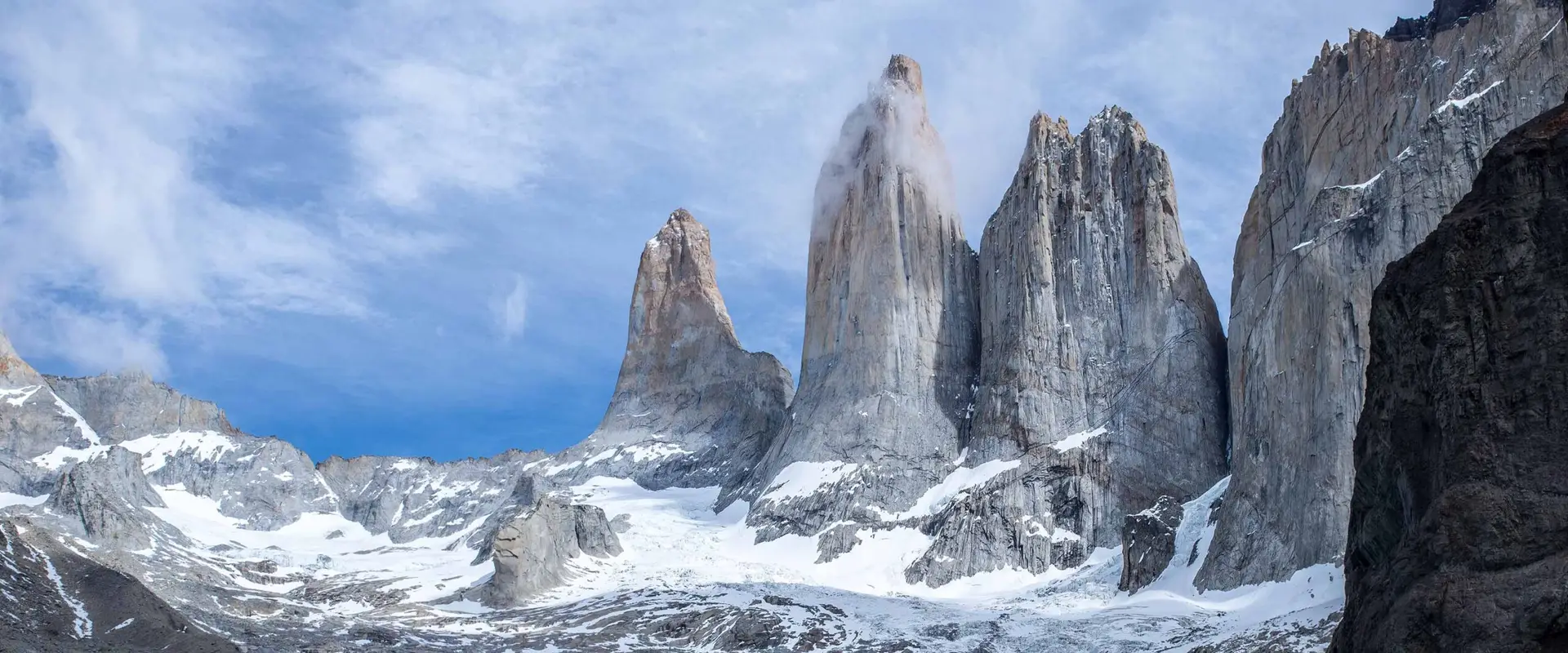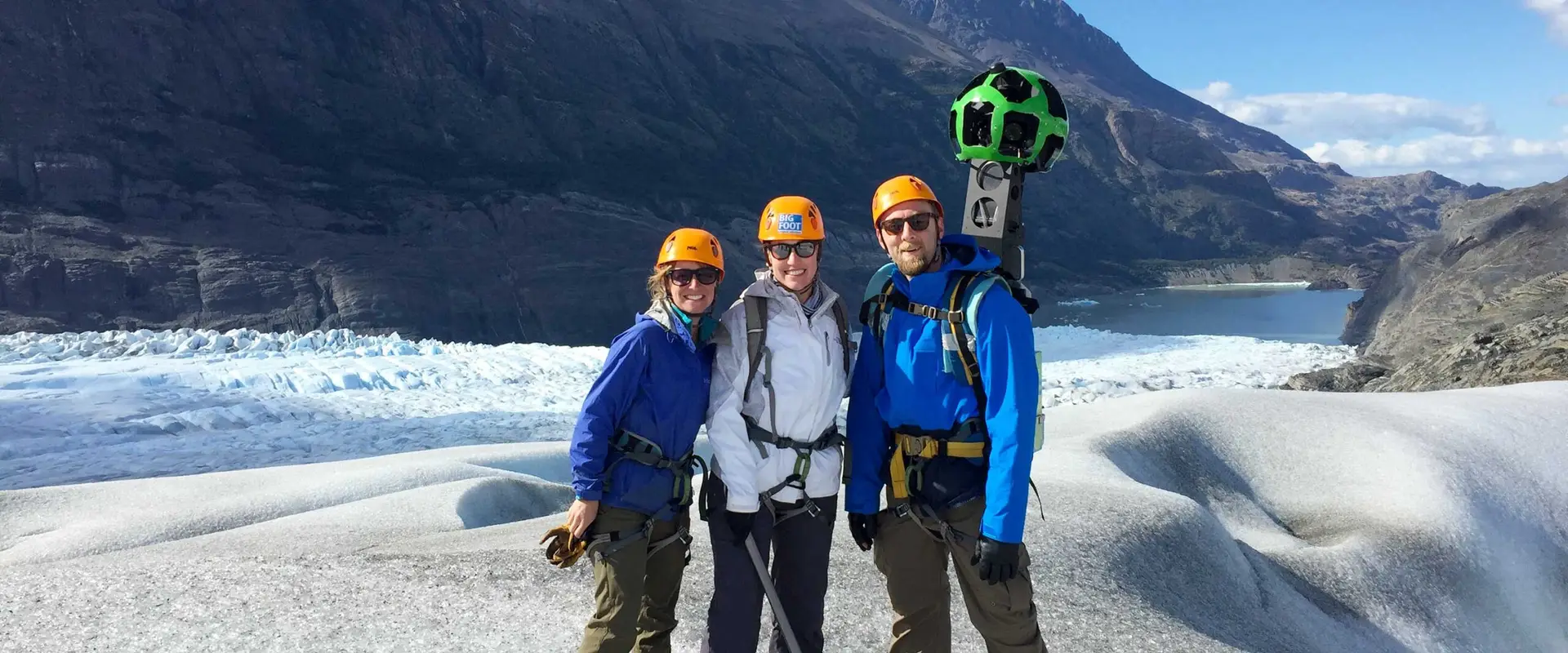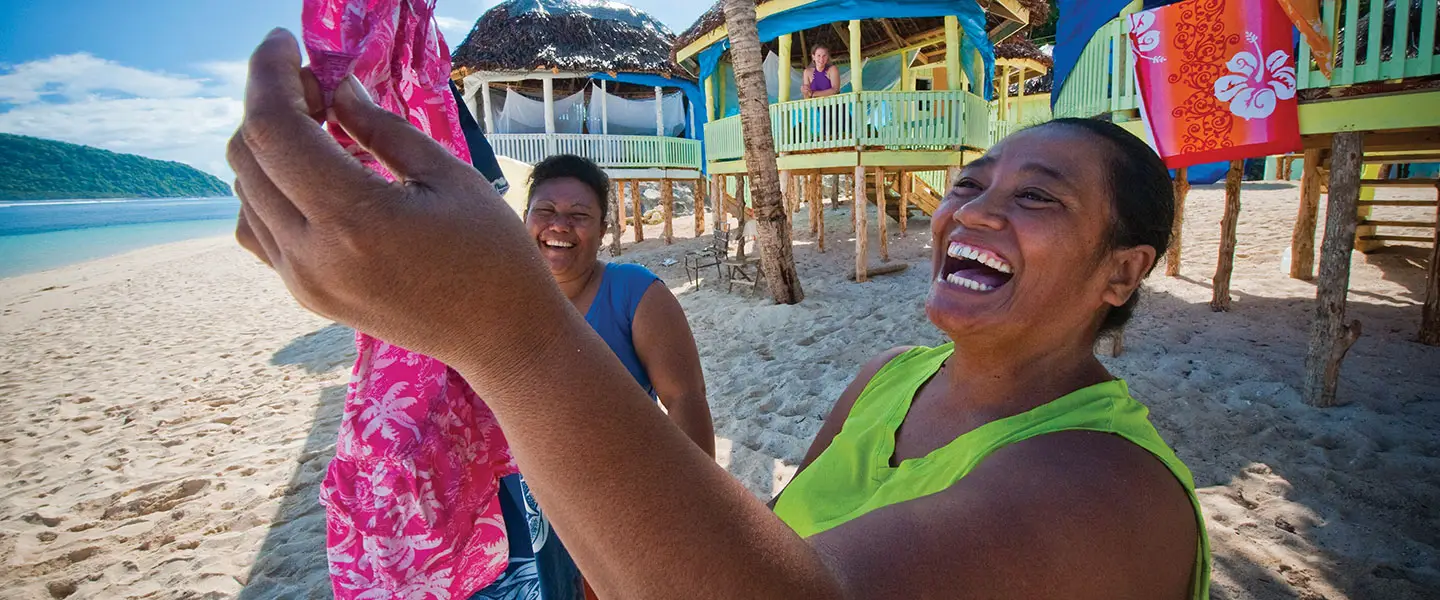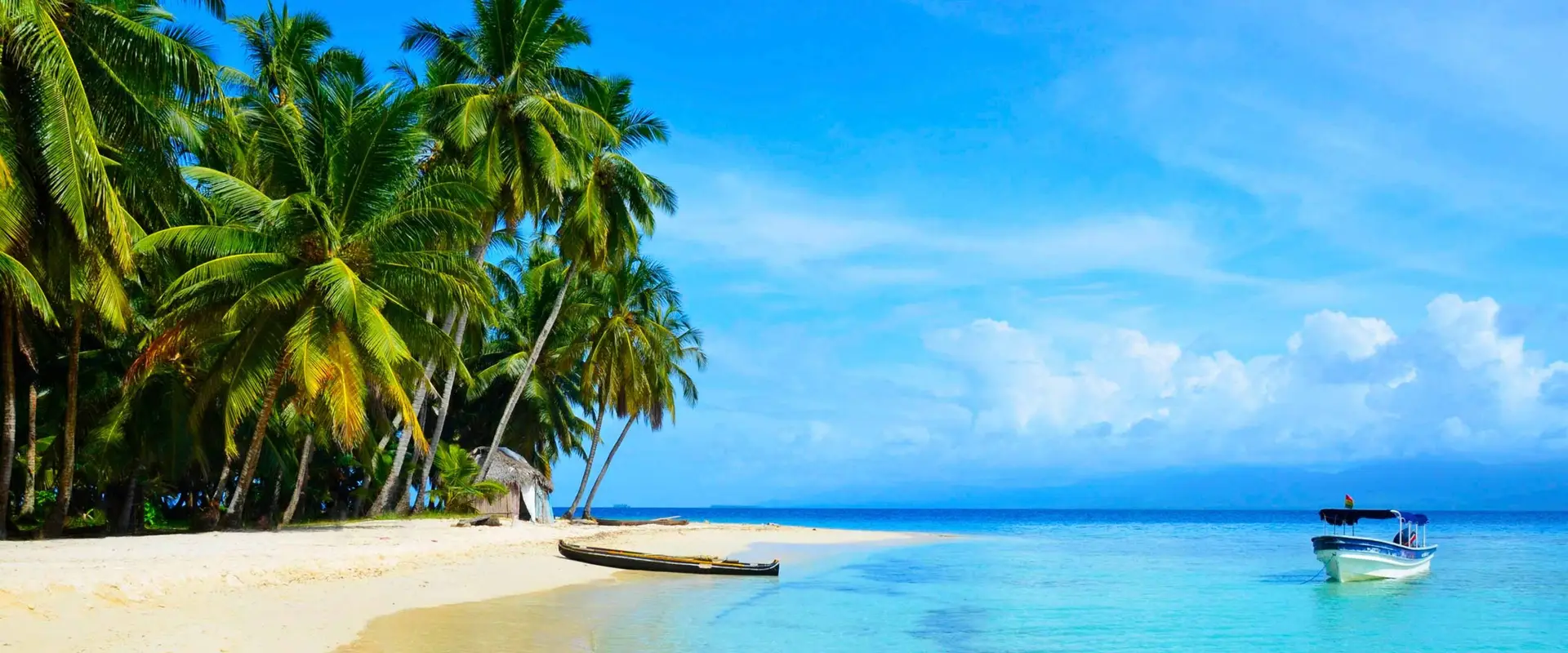
The most popular of Torres del Paine’s trekking routes is the Base Torres trail. And for good reason. After traversing through plunging valleys and rocky slopes, adventurers are rewarded with a breathtaking view of the park’s centerpiece – the “Towers of Paine. These three iconic granite spires tower high above...

Implementing an island-wide resident survey to gauge community perceptions of tourism Employing 1 in 10 people globally, tourism has the potential to benefit a large number of people. By creating jobs, driving infrastructure improvements, and promoting inclusive growth, tourism is a powerful tool to fight poverty and foster community development....

Tourism in protected areas is a growing economic activity in many countries. By drawing visitors out of tourism hotspots to more remote regions, protected area tourism can bring new benefits to rural communities and indigenous populations. While protected areas provide significant economic value, there tends to be little data to...

One of the most remote corners of the world can now be experienced like never before. Thanks to a partnership between the Torres del Paine Legacy Fund and Google Trekker, 360-degree imagery of Chile’s Torres del Paine National Park can be accessed online via Google Maps. Now, anyone, anywhere can...

Encouraging sustainable business practices in Samoa’s tourism industry and enhancing support of local initiatives. Located in the Pacific, Samoa is comprised of ten islands, the largest and most known being ‘Upolu and Savai’i. Each island features distinct landscapes from tropical rainforests and volcanic landscapes to crystal clear lagoons and sandy...

As ecotourism grows within Panama’s protected areas and their buffer zones, it is crucial to ensure minimum quality, sustainability and safety standards in the tourism operations. To accomplish this, Sustainable Travel International worked with the government and local stakeholders to create a sustainability standard for Panama’s tourism enterprises. This standard...